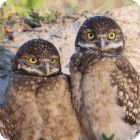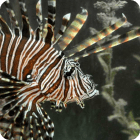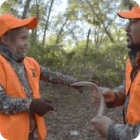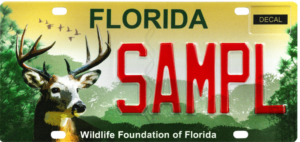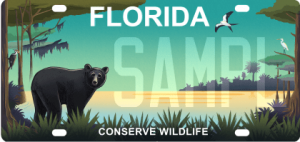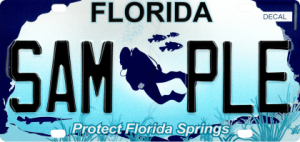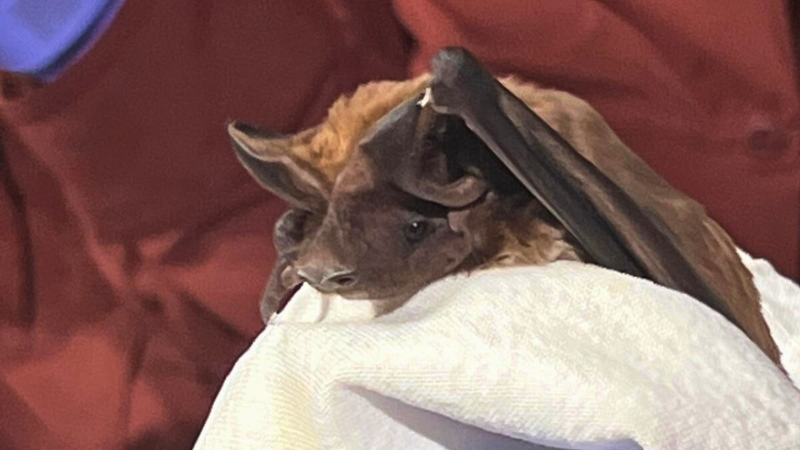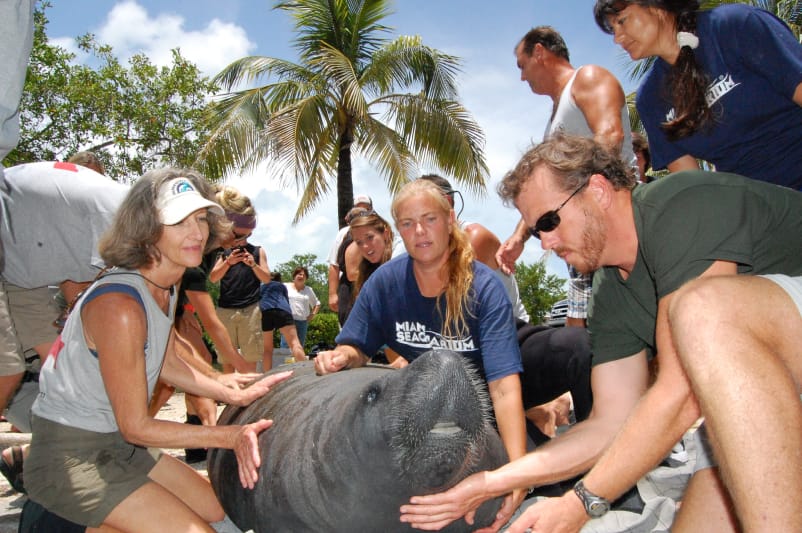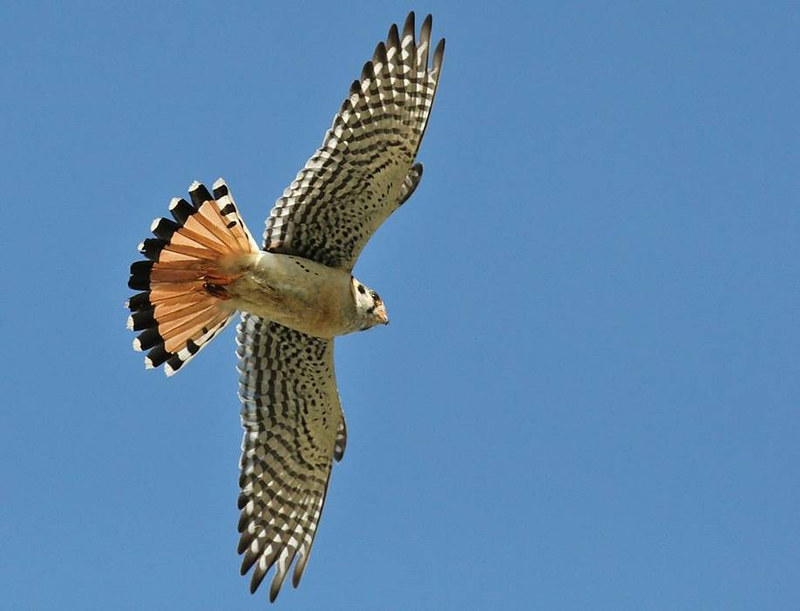
The Southeastern American kestrel is the smallest falcon found in the United States. It has a brownish back area with black markings and a white belly, and black marks extending from its eyes downward. The colors of their wings differ depending on the bird’s sex. Male kestrels have bluish-gray wings and females have brown wings. They have a high pitch call which sounds like “klee-klee-klee” and “killy-killy-killy”.
There are two subspecies of the American kestrel found in Florida. The northern subspecies spends September and April in Florida, and the Southeastern American kestrel is a nonmigratory species that spends all year in Florida. American kestrels nest in tree holes that they do not create. Therefore, they rely on woodpeckers and natural occurrences to form holes in trees that they can use. They predominantly rest in dead but standing longleaf pine trees called snags. The Southeastern American kestrel lives in open woodlands, sandhills, and fire-maintained savannah pine habitats. They can sometimes be found in pastures and open fields near residential areas as well. Nest boxes are also used by kestrels and are created as artificial habitat needed due to the loss of normal habitats.
American kestrels sit high up and monitor areas for insects, lizards, and small mammals that they prey on. They may also hover above their prey in a manner similar to a helicopter. Kestrels nest between mid-March and early June, and typically raise four chicks each season. Eggs are white and reddish-brown with dark speckles. Incubation takes one month, and the chicks require another 30 days before they can leave the nest. Kestrels have short lifespans, with those who survive their first winter living an average of 2.3 – 2.8 years. The survival rate for their first year is around 30% with the rate increasing to 50% after . Increased predation and collisions with motor vehicles are some reasons for the low survival rate.
The Southeastern American kestrel has suffered a significant population decline and a reduction in its range. It is currently listed as a threatened species in Florida. The main threat to the species is the loss of nesting and feeding habitat from development of residential areas and farmlands. Kestrels are also threatened by pollutants like PCBs, DDT, and heavy metals. Other threats to the species include increased predation, collisions with vehicles, and the West Nile Virus. Conservation and proper management of open pineland habitats, sandhills, and open fields with downed trees are critical to the protection of the species. Controlled burning should be used to maintain ideal plant cover. Donate here to support the conservation of their habitat.
